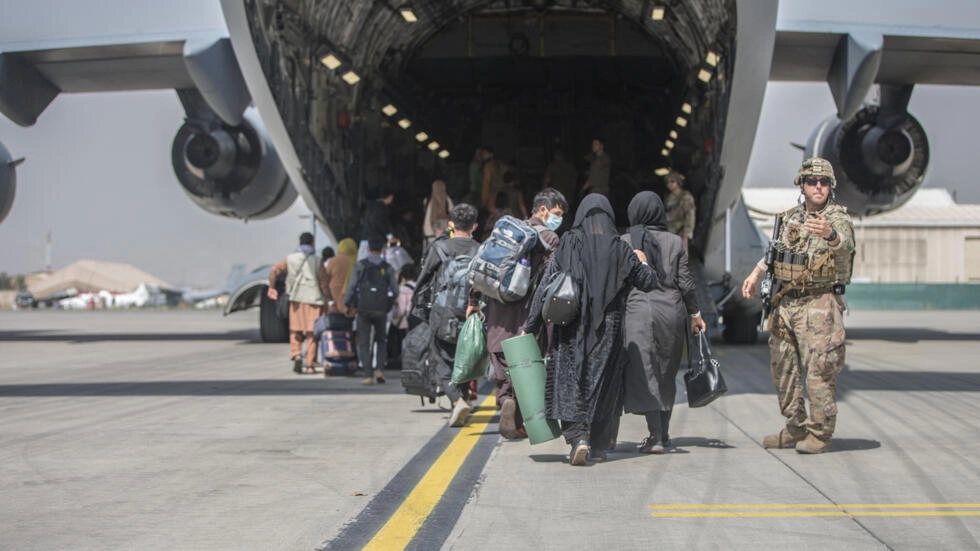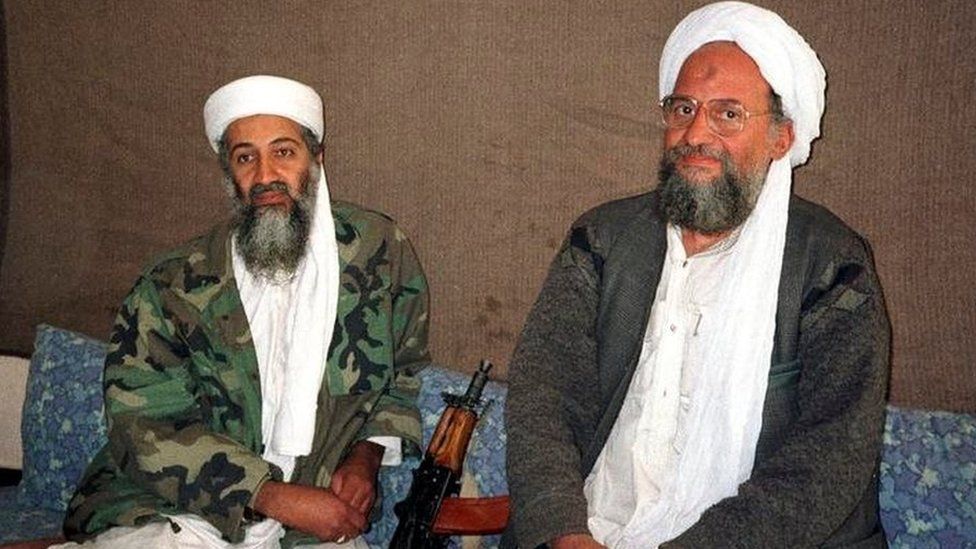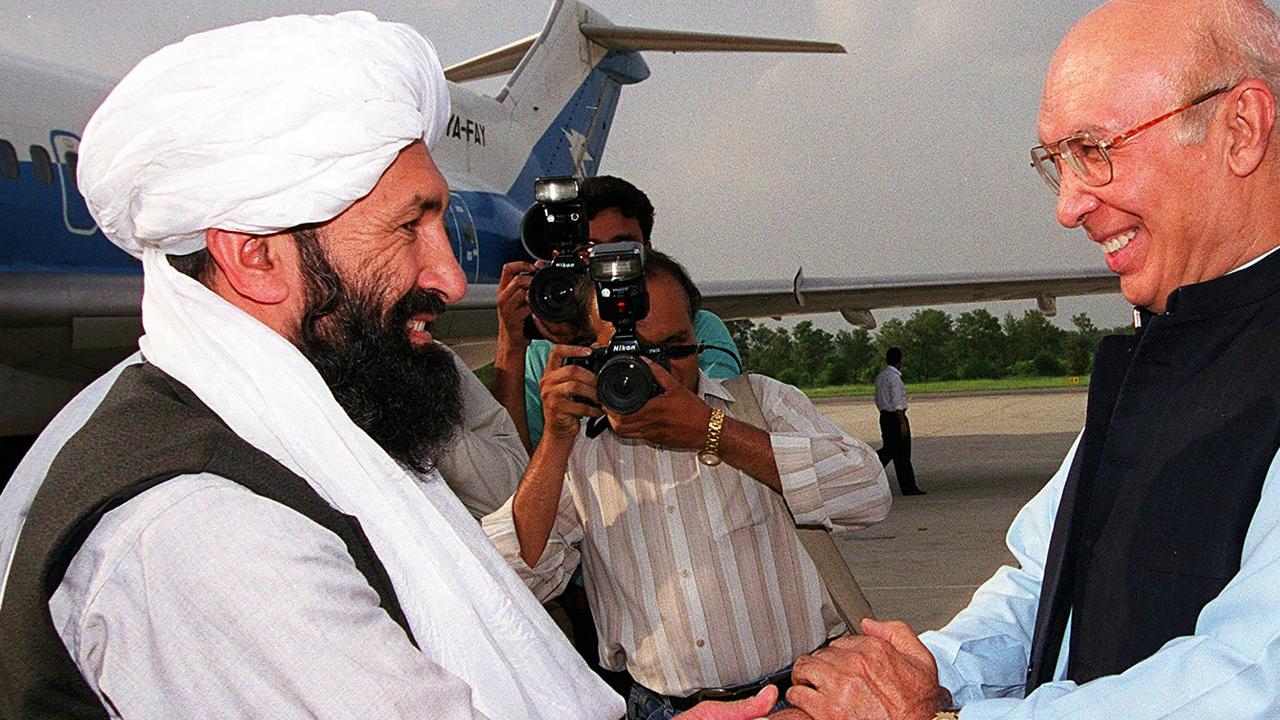
This article is more than
7 year oldSpate of deadly attacks in Kabul highlights resiliency of Afghanistan's insurgency
A series of deadly terror attacks this month in Afghanistan's capital, Kabul, highlights the resiliency of insurgent forces even as the U.S. military expands its support for the country’s armed forces with more advisers and airstrikes.
The latest attack on Monday killed at least 11 Afghan soldiers providing security at a military academy. It followed a massive suicide bombing Saturday that killed 103 people.
The increase in violence is the latest test for President Trump’s strategy to achieve victory in Afghanistan, America's longest war, now in its 17th year.
Under Trump, the U.S. military has sent several thousand additional advisers and support personnel to aid the Afghanistan military, bringing the total to about 14,000 Americans.
The Pentagon also has expanded the use of U.S. airstrikes to allow them in support of operations led by Afghan forces. The number of bombs and other munitions dropped by U.S. aircraft more than tripled from 1,337 in 2016 to 4,361 last year, according to U.S. military statistics.

The increase in aid has blunted gains by the Taliban, which had been seizing territory after the withdrawal of most American combat troops ordered by President Barack Obama in 2014. He also called for sharp cutbacks in air support for Afghan forces and a steady withdrawal of military advisers.
The expanded airstrikes under Trump has made it difficult for the Taliban to deploy large forces on the battlefield, said David Sedney, a senior fellow at the Center for Strategic and International Studies in Washington, D.C.
“After four years of progress, the Taliban came to standstill,” said Sedney, a top Pentagon official under Obama. “The reason is the (U.S.) air support.”
That has prompted the Taliban to shift to mass bombings, such as the attacks in Kabul. “They’ve switched priorities,” Sedney said.
Another core element of Trump’s Afghanistan strategy is to place enhanced pressure on Pakistan to stop aiding the insurgents. Many Taliban leaders enjoy sanctuary across the border in Pakistan, whose intelligence service has long ties with the radical insurgents.
The Trump administration announced this month it would suspend most security aid to Pakistan, which could affect more than $1 billion worth of U.S. military assistance. It was a sign of U.S. frustration with Pakistan's failure to deal with militants on its side of the border.

The aid cutoff, which has angered Pakistan’s government, may be linked to the increase in violence, Sedney said. Pakistani intelligence officials may have given a green light for attacks by the Haqqani network, which is linked to the Taliban.
“You could read this as a message that Pakistan can’t be ignored,” Sedney said.
The U.S. military invaded Afghanistan in 2001, when President George W. Bush ordered the overthrow of a Taliban regime that harbored the al-Qaeda leaders behind the 9/11 attacks. The war has frustrated successive administrations.
More recently, the Islamic State has moved into Afghanistan, complicating the insurgency against the U.S.-supported government. It is often difficult to distinguish among insurgent groups, which shift alliances and change names.
The Islamic State claimed responsibility for Monday’s attack on the military academy, and the Taliban said it was responsible for Saturday’s suicide bombing. The Taliban also claimed responsibility for an attack on the Intercontinental Hotel in Kabul a week earlier that killed 22 people, including 14 foreigners.
More: New air campaign in Afghanistan is test for Trump strategy in America's longest war
More: Analysis: Trump's new Afghanistan war strategy reflects a lack of winning options
More: Trump's pressure on Pakistan part of effort to end war in Afghanistan




